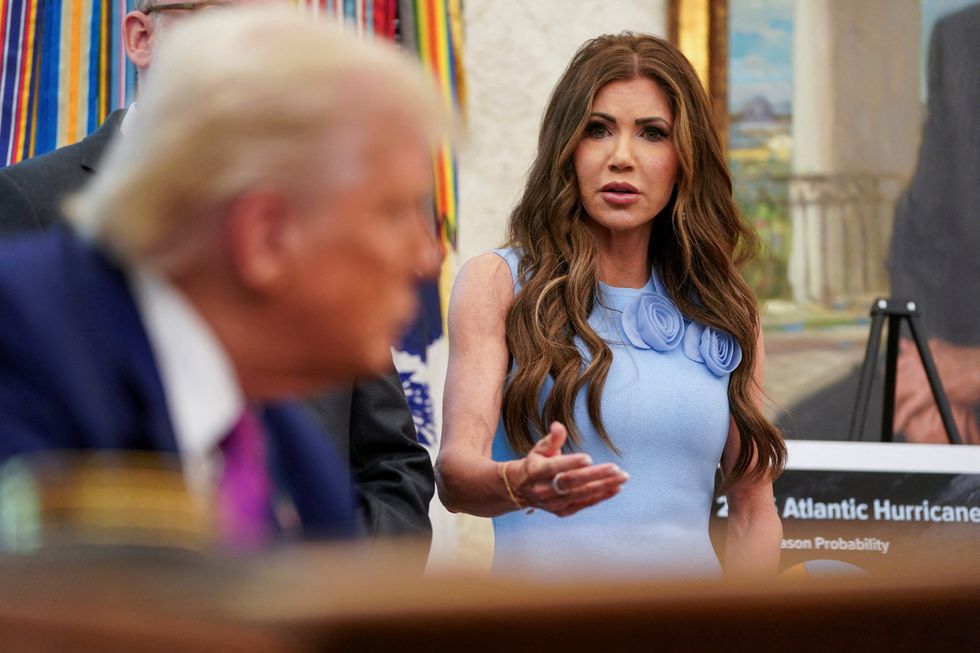Donald Trump has sparked a significant controversy with recent statements that seem to contradict his earlier promises regarding free speech. During his inaugural address in January, he pledged to end government censorship and restore free expression in America. Yet, in the past week, he has labeled unfavorable news coverage as “really illegal,” raising questions about his commitment to the very principles he professed to uphold.
In a meeting with the White House press corps, Trump asserted, “I’m a very strong person for free speech,” but quickly shifted to criticizing media outlets, claiming they distort news stories to portray him negatively. This rhetoric intensified following the return of late-night host Jimmy Kimmel, whom Trump accused of aligning with the Democratic National Committee and suggested was contributing to illegal campaign activities. “Let’s see how we do… A true bunch of losers,” Trump said, dismissing Kimmel’s popularity, which reportedly garnered over 14 million views on YouTube.
The backdrop of these comments is a broader narrative that the Trump administration has constructed regarding political speech and violence. Following the tragic death of Charlie Kirk, who was killed by a gunman, Trump and his allies, including Stephen Miller, framed the incident as part of a “vast domestic terror movement” linked to the left. “We will use every resource we have at the Department of Justice to identify, disrupt, eliminate and destroy this network,” Miller declared, emphasizing a commitment to national safety.
However, investigations into the shooter, Tyler Robinson, have yielded no evidence connecting him to leftist groups. According to sources cited by NBC News, “There is no evidence connecting the suspect with any left-wing groups.” Rather, the indications suggest Robinson acted out of personal grievances rather than ideological motivations. His actions, while reprehensible, do not appear to fit the narrative that the Trump administration seeks to promote.
The discourse surrounding free speech and the purported threats to law enforcement has intensified following a shooting incident at an Immigration and Customs Enforcement (ICE) facility in Dallas. JD Vance, the Vice President, quickly attributed the violence to “an obsessive attack on law enforcement,” while Secretary of Homeland Security Kristi Noem echoed this sentiment, stating that law enforcement faces unprecedented violence.
In the wake of these events, the administration has sought to link criticism of ICE to broader societal violence. Noem suggested that negative rhetoric about ICE has “consequences,” framing it as a warning to the president’s critics. This stance raises concerns about the administration’s approach to political dissent and the potential ramifications for free expression.
The administration’s narrative continues to evolve, often disregarding the complexities of the issues at hand. While claiming to uphold law and order, ICE agents have faced accusations of breaking laws themselves, such as holding children hostage during operations targeting their parents. This contradiction highlights the challenges of balancing enforcement with respect for individual rights.
As the political landscape becomes increasingly polarized, the implications of these discussions about free speech and violence warrant careful scrutiny. The administration’s focus on framing dissent as a threat may have lasting effects on the public discourse and the freedoms American citizens hold dear.
In conclusion, Trump’s statements reflect a broader strategy that prioritizes outcomes over truth. The administration’s rhetoric raises fundamental questions about the nature of free speech and the role of government in moderating political discourse. As events unfold, the consequences of these narratives will undoubtedly shape the future of political expression in the United States.
